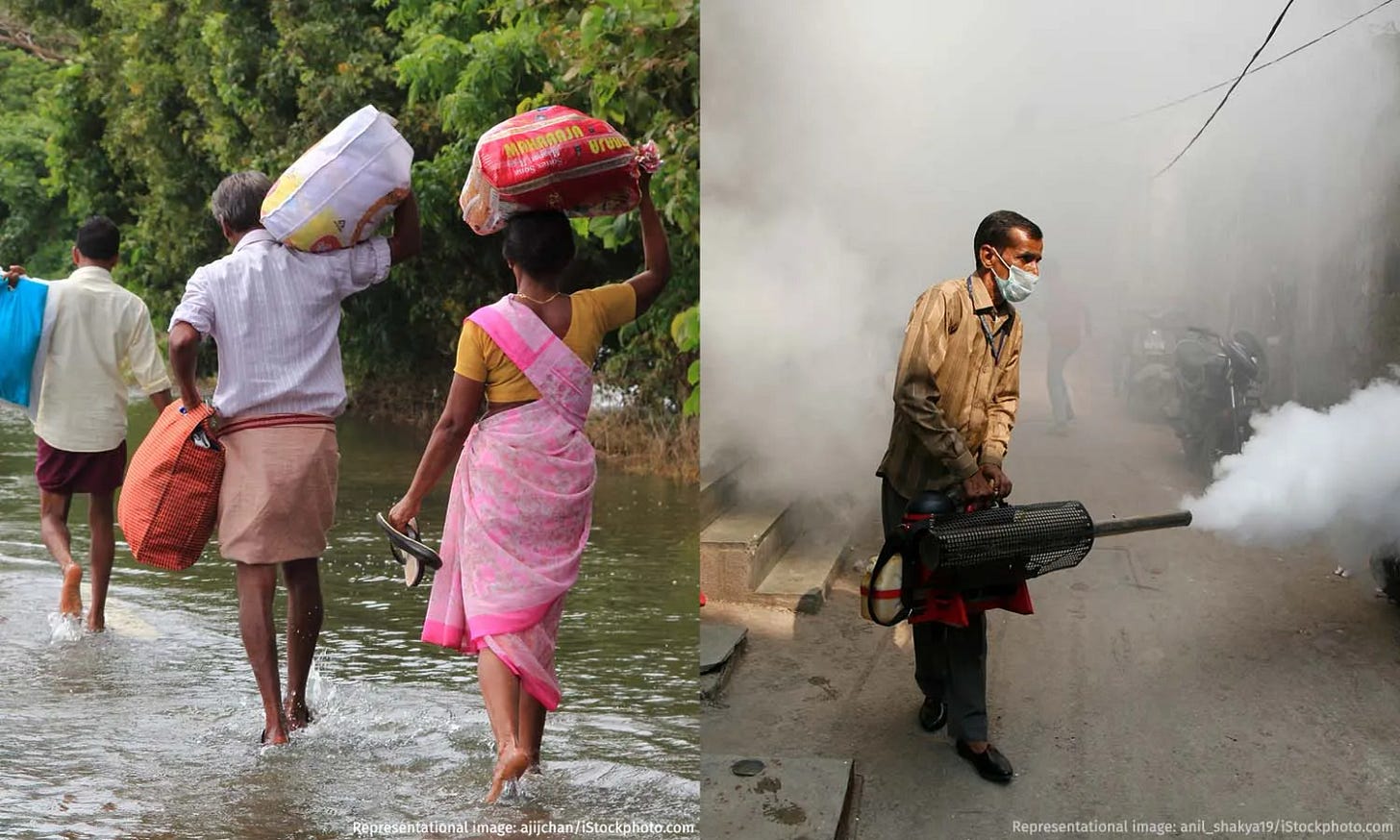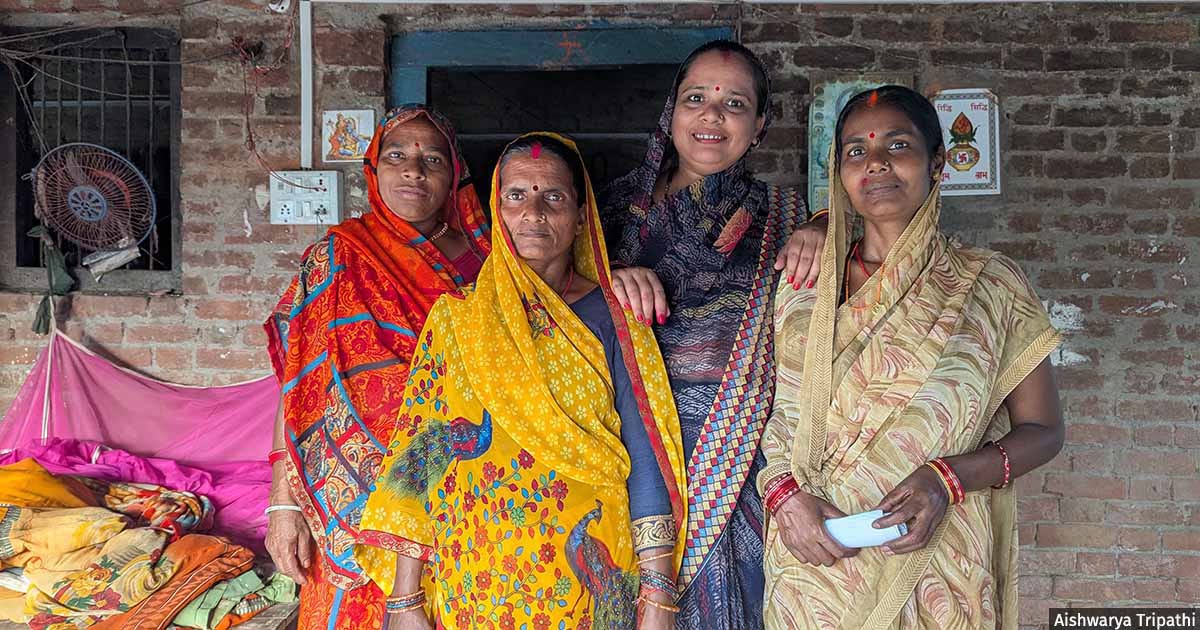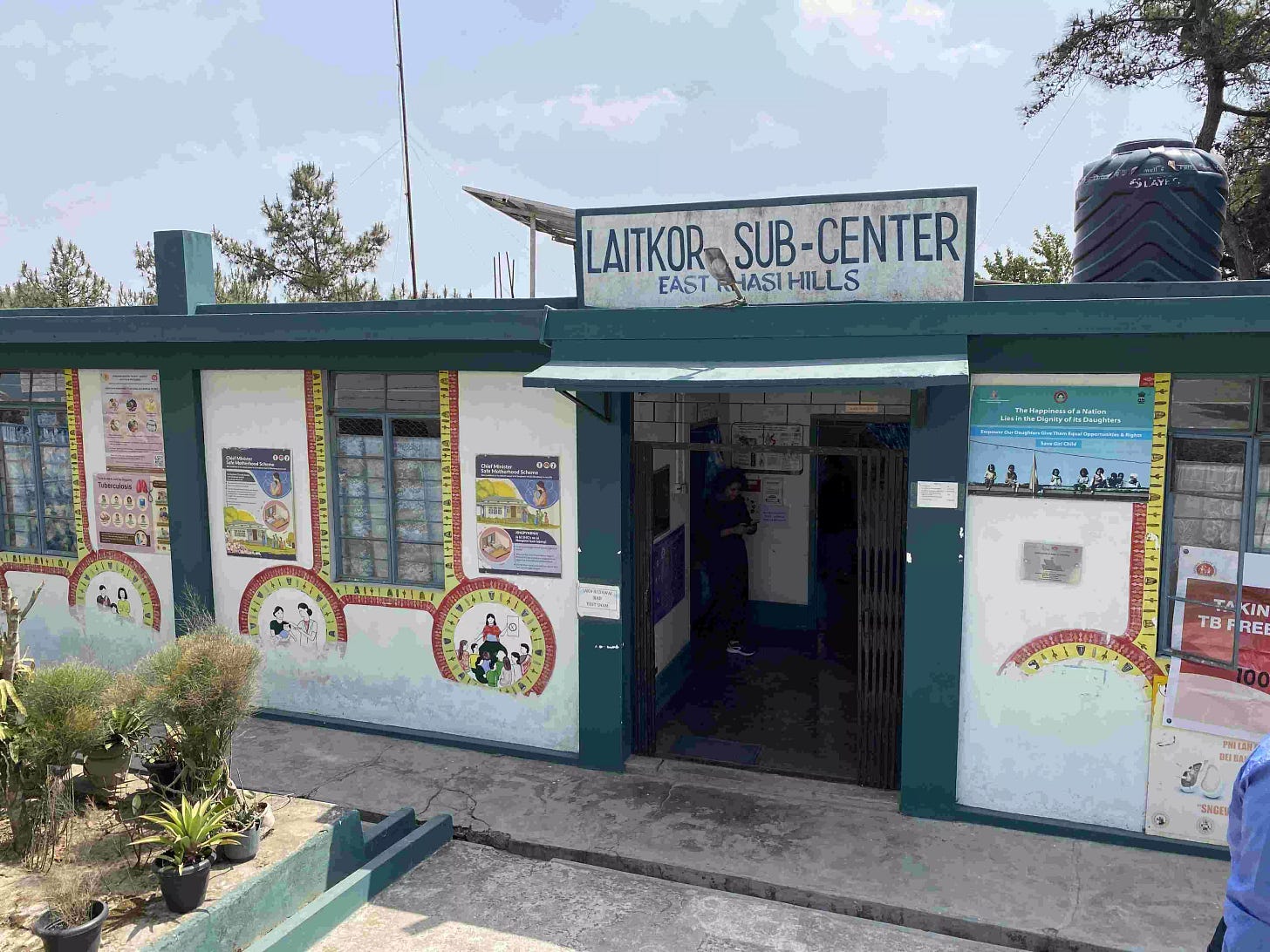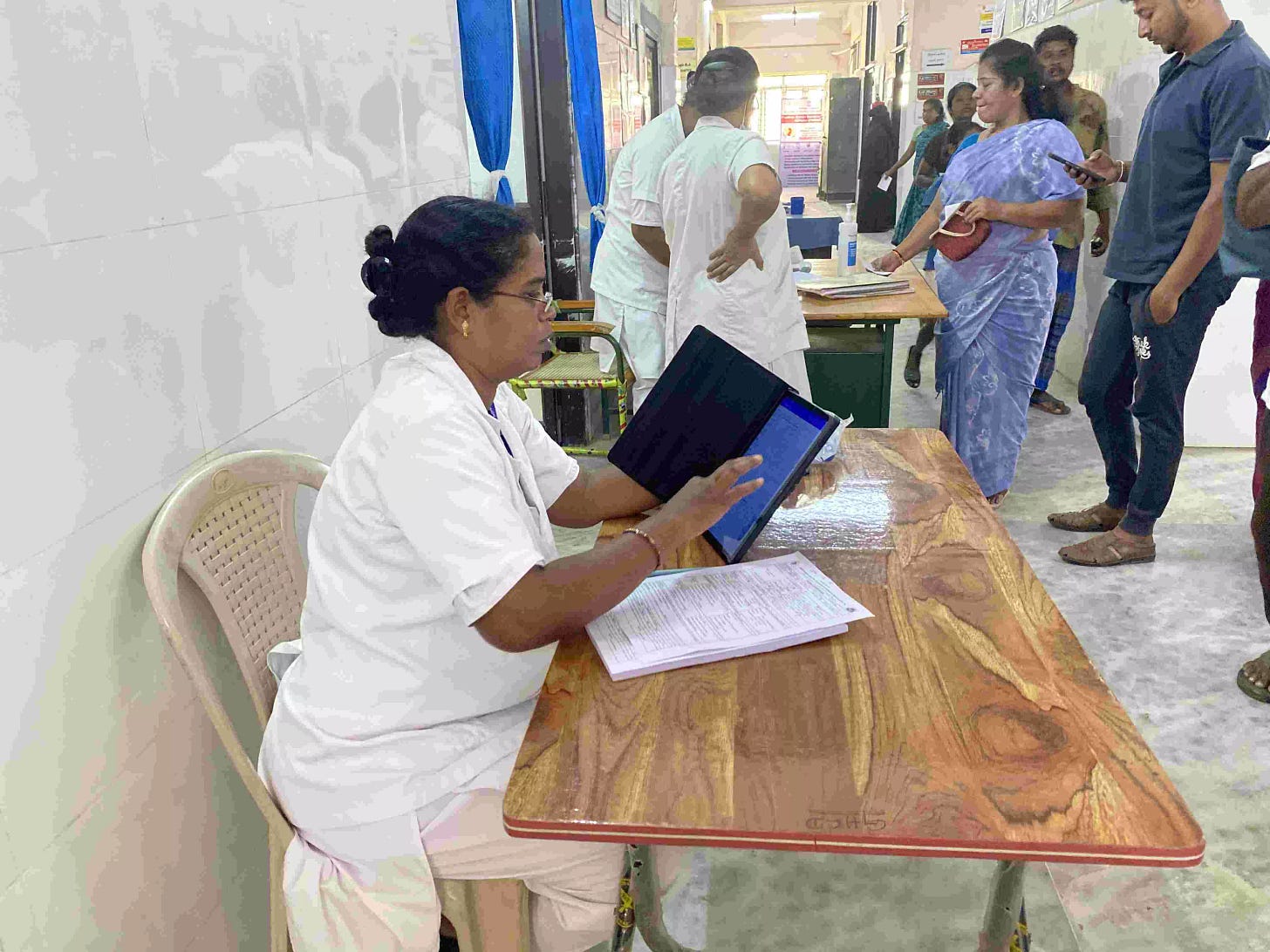After the Deluge
This week, India's health systems need to prepare better for changing climate, how communities can help protect wetlands, and how solar can fill critical gaps
Dear Reader
This week, we bring you three stories that highlight how India’s systems of health, water, and energy are being reshaped by climate pressures. Together, they show both the potential for resilience and the gaps that still need attention.
Climate Risks and India’s Health Systems
In Palghar, Maharashtra, frontline health worker Suvarna Kamble observes shifting disease patterns: diarrhoea in October, heat stress in April, and malaria and dengue throughout the year. Particularly in the case of floods, the healthcare system struggles with delayed supplies, leaving vulnerable populations exposed to worsening climate-health risks.
While health policy has begun to acknowledge these connections between climate and health, most state and local health systems are yet to integrate climate preparedness into routine planning. This means that responses are often reactive—focused on emergencies rather than long-term adaptation.
Experts point to the need for stronger infrastructure, better disease surveillance, and more training for health workers on climate-linked risks. Without such measures, the increasing frequency of extreme weather could overwhelm hospitals and public health networks. Nushaiba Iqbal and Tanvi Deshpande report
Community-led Wetland Conservation
Wetlands such as Talab Baghel in Uttar Pradesh are shrinking, pressured by land-use changes and encroachment. This has consequences not only for biodiversity but also for livelihoods and water security in surrounding communities. While policies exist to identify and protect wetlands, implementation depends heavily on local engagement. Volunteer initiatives like the Wetland Mitras programme were designed to create this connection, but their growth has not matched the need.
Communities, and especially women, can play a decisive role in conservation when their involvement links directly to livelihood security and water availability. The missing link is integration: seeing wetlands not as isolated ecological zones but as shared community resources tied to farming, fishing, and daily survival. Without this, protection measures risk remaining only on paper. Aishwarya Tripathi reports in the second of a three-part series.
Hospitals and Solar Energy: Progress at a Slow Pace
In many parts of India, hospitals once dependent on lanterns and torches are now turning to solar energy for reliable power. Solar installations have brought a measure of stability, particularly in rural and remote areas where electricity supply is erratic.
Yet the pace of this transition remains slow. Only a fraction of hospitals have adopted solar systems, leaving a majority still exposed to power cuts that directly affect patient care. The gap points to questions of investment and prioritisation: solar power is proven to work for health infrastructure, but scaling it up requires sustained policy focus and financial support.
At stake is more than just reliable lighting; power outages affect everything from vaccine refrigeration to surgical procedures. The gradual shift to solar shows what is possible, but it also makes clear that progress is uneven. Parikshit Nirbhay reports for IndiaSpend Hindi
Until next week, stay informed and engaged.






